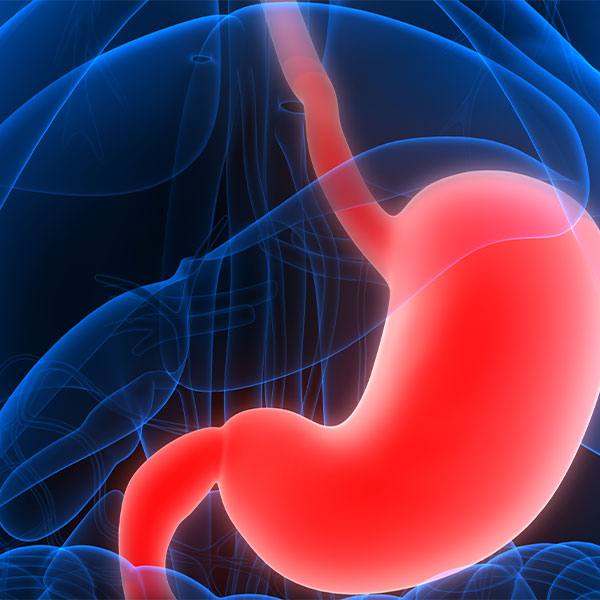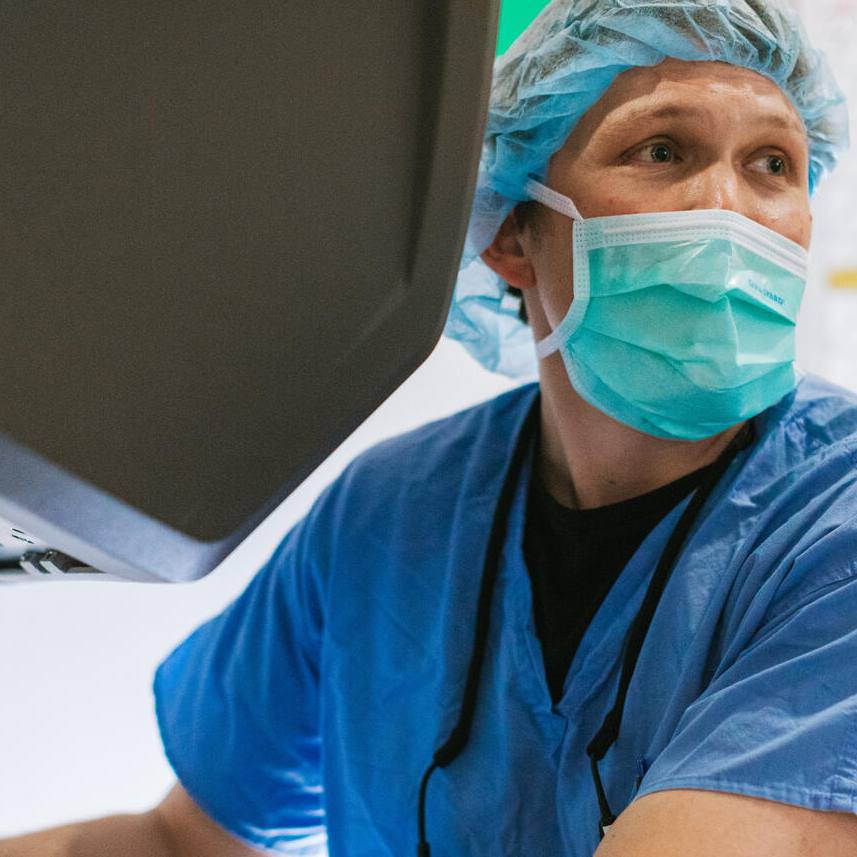-
Cancer
Whipple Procedure the Most Common Surgery to Remove Pancreatic Cancer
Whipple Procedure the Most Common Surgery to Remove Pancreatic Cancer
September 23, 2011
Dear Mayo Clinic:
Can you tell me about the surgery for pancreatic cancer called the Whipple procedure? What does it involve? How effective is it for treating pancreatic cancer?
Answer:
The Whipple procedure is the most common surgery used to remove pancreatic cancer. It involves taking out part of the pancreas and several other structures around it. This surgery is complex and often requires a six- to eight-week recovery. For some people with pancreatic cancer, the Whipple procedure can be a valuable treatment option.
The pancreas sits toward the back of the body, in the upper abdomen. Although most people don't think much about their pancreas, this organ has two important jobs. It delivers enzymes to the intestines that help digest food, and it produces several hormones, most notably insulin to help manage blood sugar (glucose).
When cancer first develops in the pancreas, it usually grows silently, without any signs or symptoms. That makes early detection difficult. When symptoms appear, they may include mid-back pain, jaundice, itching and weight loss. In many cases, pancreatic cancer is diagnosed only after it has spread beyond the pancreas and is impossible to remove with surgery. In fact, surgery to remove a tumor is an option for only about 15 percent of people diagnosed with pancreatic cancer.
For those whose cancer hasn't spread, the Whipple procedure is the best treatment option to improve survival. Typically, it's used for cancers located in the head of the pancreas, where the pancreas attaches to the small intestine. Cancer found in the middle (body) or other end (tail) of the pancreas that connects to the spleen usually requires a different surgery, called distal pancreatectomy.
The first stage of the Whipple procedure involves removing about half of the pancreas. Most of the first part of the small intestine (duodenum) is also removed, along with the gallbladder and a portion of the bile duct that drains bile from the liver through the pancreas into the intestines.
In addition, a vein (the portal vein) runs just beneath the pancreas, and in some cases, pancreatic cancer may grow to involve the portal vein. If so, part of that vein may also need to be taken out during the Whipple procedure to make sure all of the cancer is removed.
After those structures have been taken out, the second stage of the Whipple procedure includes reconstructing and reconnecting the remaining parts of the pancreas, bile duct and small intestine, so the body can continue to properly receive and digest food.
On average, the Whipple procedure takes five to six hours and can be quite extensive, depending on the size and spread of the tumor. After surgery, a hospital stay of about 10 days is usually needed, with another four to six weeks of recovery at home. While the technique is not widely available, some skilled surgeons perform the Whipple procedure laparoscopically, using smaller incisions and smaller instruments. In some cases, laparoscopic surgery may reduce the length of the hospital stay and reduce recovery time.
Complications following the Whipple procedure can include infection, bleeding, problems with stomach emptying, and leaking from the structures that were reconnected during surgery. Research shows pancreatic cancer surgery tends to cause fewer complications when performed by experienced surgeons. So if you're considering surgery, don't hesitate to ask about the surgeon's experience with pancreatic cancer surgery. If you have any doubts, get a second opinion.
For some people, chemotherapy, radiation therapy or both may be needed either before or after surgery to remove pancreatic cancer. Surgery, along with other necessary treatment, may increase a person's chances of living longer after a diagnosis of pancreatic cancer. Without surgery, average life expectancy after diagnosis is about one year. Following surgery, with careful monitoring and follow-up, life expectancy may exceed two years.
— Kaye Reid Lombardo, M.D., Gastroenterologic and General Surgery, Mayo Clinic, Rochester, Minn.







